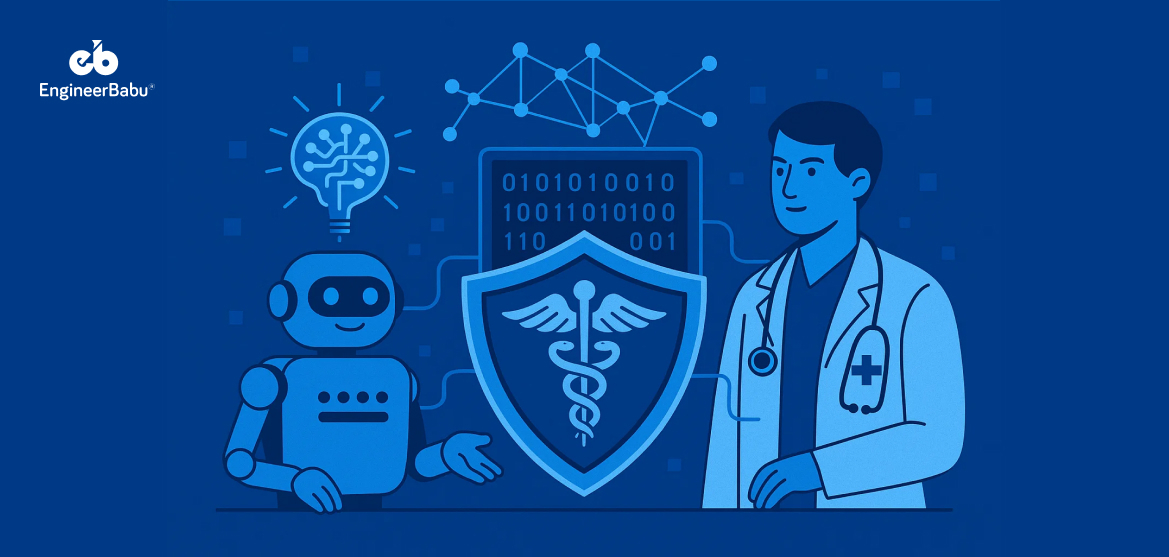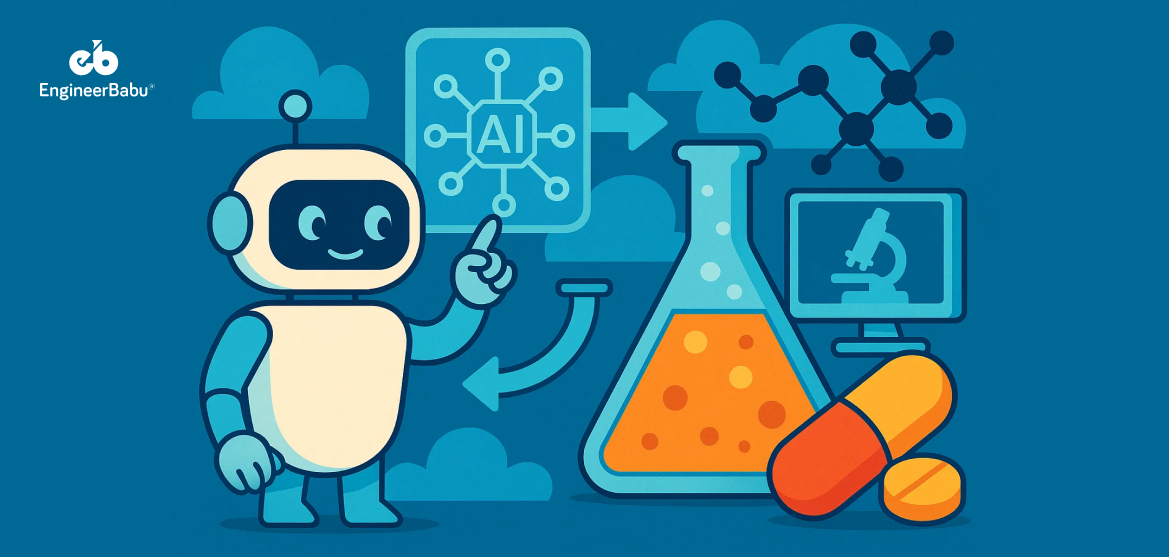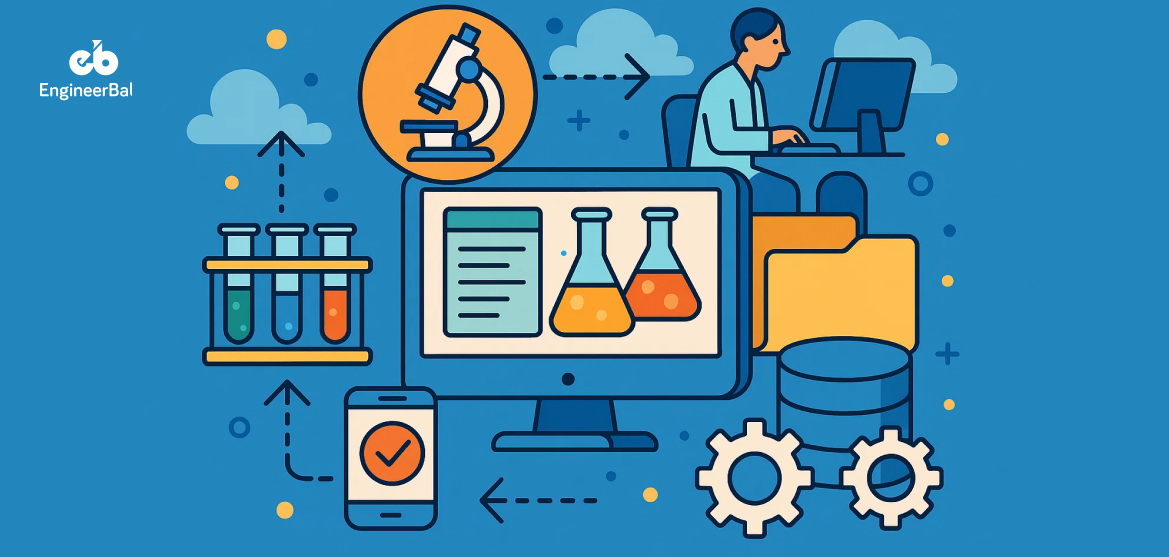In 2023, over 350,000 mobile health apps were available across app stores. Yet, most failed to gain traction—not because of bad ideas, but due to poor execution and unrealistic timelines.
If you’re planning to build a healthcare app, one of the first questions you’ll face is:
“How long will this actually take?”
And the answer? It depends, but there is a roadmap.
Building a HIPAA-compliant telemedicine platform with real-time video, payment integration, and EHR connectivity takes significantly more time than a basic wellness tracker. But even the simplest health app must meet strict privacy standards, offer a frictionless user experience, and pass multiple rounds of testing.
This blog lays out a practical healthcare app development timeline, phase by phase, so you can set realistic expectations, avoid common delays, and build a product that meets both user needs and regulatory requirements.
Key Factors That Influence Development Time
The timeline for building a healthcare app varies widely—but not arbitrarily. It’s driven by a handful of foundational factors that either compress or expand the total build time. Understanding these early will help you avoid bottlenecks, missed deadlines, and scope creep.
App Complexity and Feature Set
The single biggest driver of your timeline is the complexity of the app itself. A simple appointment scheduling app might take just 2–3 months to develop, but introduce features like video consultations, prescription management, or secure messaging, and the timeline can stretch to 5–6 months easily.
The moment you add clinical-grade features, like AI-based diagnostics, chronic condition monitoring, or cross-provider data syncing, the project starts pushing past the 8-month mark.
Each additional feature layers of user interface work, backend logic, data validation, testing scenarios, and compliance requirements. So while it’s tempting to build everything at once, starting with a minimal viable product (MVP) is often the smarter route—especially if time-to-market matters.
Regulatory Compliance
Compliance isn’t optional in healthcare. If your app handles patient data, it must comply with standards like HIPAA (in the U.S.), GDPR (in Europe), or local equivalents elsewhere. What does this mean for your timeline? Realistically, it adds 4 to 8 weeks of work, even in the most streamlined projects.
That time accounts for encrypting sensitive data at rest and in transit, implementing secure authentication, managing user permissions, ensuring proper logging, and possibly undergoing external audits or legal reviews. And if you skip this upfront and try to “bolt it on later,” expect delays that are even longer—and far more expensive.
Third-Party Integrations
Almost no healthcare app is built in isolation. You’ll likely need to integrate with EHR systems like Epic or Cerner, wearable devices like Fitbit or Apple Watch, payment processors like Stripe, or insurance platforms via API. Each of these adds time—often several weeks—because the process is rarely smooth.
APIs might be poorly documented, outdated, or slow to respond. Some systems may require formal approval before granting access. And if you’re dealing with legacy hospital systems, integration can become a multi-month effort. Even best-case scenarios require weeks of testing and validation to ensure the app doesn’t break when third-party systems change.
Platform and Tech Stack
Your choice of platform has a measurable impact on development time. Building for iOS alone is faster than building for both iOS and Android. Going web-only can simplify things even further, depending on your target audience.
Cross-platform frameworks like Flutter or React Native can save time, especially if you’re building a patient-facing app with standard UI patterns. But if you need native performance or hardware access—such as for Bluetooth-enabled medical devices—then native development is often unavoidable, and your timeline will stretch accordingly. Supporting multiple platforms usually adds at least two months compared to building for a single one.
Design and User Experience
Design is often underestimated in timeline planning—but in healthcare, it’s critical. You’re dealing with users who may be elderly, stressed, or unfamiliar with technology. That means your app can’t just “look nice”; it has to be intuitive, accessible, and error-proof.
Designing user flows that work across roles—patients, providers, admins—adds complexity. Creating interfaces that are compliant with accessibility guidelines (such as WCAG or ADA) takes time. A thoughtful UX design phase can last 4–6 weeks, especially if it includes user testing and iteration. Skimping on this part leads to rework later, which ultimately delays the launch even more.
Team Composition and Experience
Finally, who builds your app matters just as much as what you’re building. An experienced healthcare development team can navigate regulations, integrations, and edge cases quickly. They’ll use proven design patterns and anticipate blockers before they become showstoppers.
On the flip side, working with generalist developers—or worse, first-timers in healthtech—often means longer timelines. Expect delays due to misunderstandings of compliance rules, inefficient architecture decisions, and time-consuming rewrites. Inexperienced teams can stretch what should be a 4-month build into a 9-month ordeal.
In short: every decision you make—about features, design, platform, compliance, and development approach—has a tangible impact on how long your healthcare app will take to build. Recognizing these factors upfront allows you to plan better, prioritize effectively, and avoid surprises that can cost months of delay.
Typical Healthcare App Types & Their Timelines
Not all healthcare apps are built the same and neither are their timelines. What you’re building defines how long it will take to go from idea to launch. Here’s a breakdown of the most common healthcare app categories, along with realistic timeframes for each.
1. MVP or Prototype App
Timeline: 8–12 weeks
This is the leanest version of a healthcare product—built to validate an idea or present to stakeholders and early users. An MVP usually includes only the core functionality (like login, user profile, one main feature), often built for a single platform. It skips deep integrations or compliance-heavy features but is good enough to test workflows.
You can typically build an MVP in 2–3 months, especially if you use a cross-platform tech stack and keep the scope tightly defined. This is often the starting point for healthtech startups or internal innovation teams in hospitals.
2. Patient Engagement or Wellness App
Timeline: 3–5 months
These apps focus on helping users track medications, appointments, or wellness goals. They might include features like push notifications, calendar syncing, symptom checkers, or wearable device connections. Some will also include patient education content and progress dashboards.
The timeline here depends on the depth of features and whether you’re integrating with external data sources or wearables. Apps with moderate complexity and no real-time features can be ready in around 4 months.
3. Telemedicine App
Timeline: 5–7 months
Telehealth platforms introduce a higher level of complexity. You’re typically looking at real-time video calls, appointment scheduling, secure messaging, prescription workflows, and possibly payment integration.
Compliance is mandatory since you’re handling personal health information during live interactions. On top of that, building a stable video experience—across devices and bandwidths—adds significant development and testing time.
A minimum of 5–6 months is standard for a usable, secure telemedicine product.
4. Chronic Disease Management App
Timeline: 6–8 months
These apps are more specialized and require robust data handling. Think diabetes, hypertension, or mental health apps. Features may include vitals tracking, alerts, clinician dashboards, and behavior nudges through AI-based suggestions or chatbots.
What makes these take longer is the constant need to sync with external devices (glucose meters, blood pressure cuffs, fitness trackers), the need for longitudinal data storage, and the backend logic to interpret trends.
Expect at least half a year to develop a usable, compliant version—more if you’re adding analytics or predictive modeling.
5. Comprehensive EMR/EHR System or Provider-Facing Tools
Timeline: 9–12+ months
This is the most complex healthcare product you can build. EHR systems or doctor dashboards must support appointment management, patient records, document uploads, e-prescriptions, audit trails, insurance claims, and compliance logging.
They also need to talk to multiple data standards like HL7 or FHIR and interact with government or private payer APIs.
These systems are not just apps—they’re enterprise-grade platforms, and they require rigorous QA and security testing. Even with a skilled team, expect 9 months minimum. In larger implementations, it can easily take over a year.
Conclusion: Build Smart, Plan Realistically
Building a healthcare app is about aligning product goals with clinical needs, regulatory standards, and user expectations. And as you’ve seen, the timeline can vary drastically depending on what you’re building, how complex it is, and who’s building it.
A basic MVP might take 2–3 months. A full-fledged telemedicine or chronic care platform? You’re looking at 6–12 months, minimum.
But what matters most isn’t just how long it takes—it’s how well that time is used. Rushing leads to compliance issues, buggy features, and poor adoption. Overbuilding without a clear scope wastes time and budget.
The sweet spot lies in realistic planning, phase-wise execution, and choosing a development partner who understands both technology and healthcare.
FAQs
1. How long does it take to develop a basic healthcare app?
A simple healthcare app—like one for appointment booking or medication reminders—can typically be built in 8 to 12 weeks, assuming limited features and no third-party integrations. Timelines extend if the app requires compliance with regulations like HIPAA or complex UI design.
What’s the fastest way to launch a healthcare app?
The quickest route is to start with an MVP (Minimum Viable Product). Focus on core features, use a cross-platform framework like Flutter, and work with a team that already understands healthcare compliance. This can help you go live in as little as 2–3 months while leaving room to iterate later.
Why does healthcare app development take longer than other industries?
Healthcare apps involve strict data privacy laws, sensitive patient data, and often need to integrate with legacy systems or devices. Unlike other consumer apps, every workflow, from login to chat, must be compliant, secure, and medically accurate. That’s why the average healthtech project can take 30–50% longer than a similar non-healthcare app.
Can I reduce development time by skipping compliance in the MVP?
Technically, yes—but it’s not recommended. If your app collects or processes any personal health information (PHI), even in an MVP, it must comply with HIPAA or relevant regulations. Delaying compliance planning often leads to expensive rebuilds and delays later. It’s smarter to bake it into your design from the beginning.
How can EngineerBabu help accelerate my healthcare app development?
EngineerBabu specializes in healthtech development with a proven track record across telemedicine, EHR systems, and AI-based diagnostics. Our dedicated healthcare teams understand the nuances of compliance, integrations, and user experience. We provide timeline-based roadmaps, modular development, and regulatory-ready solutions, helping brands launch faster without compromising quality or safety.




